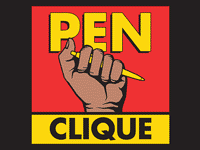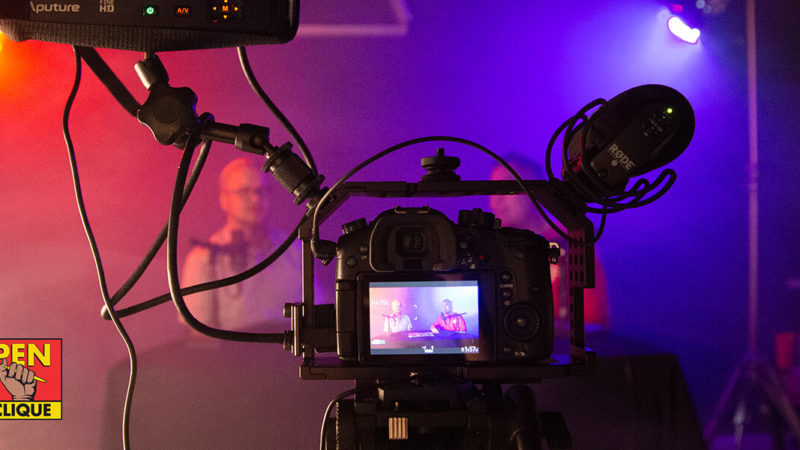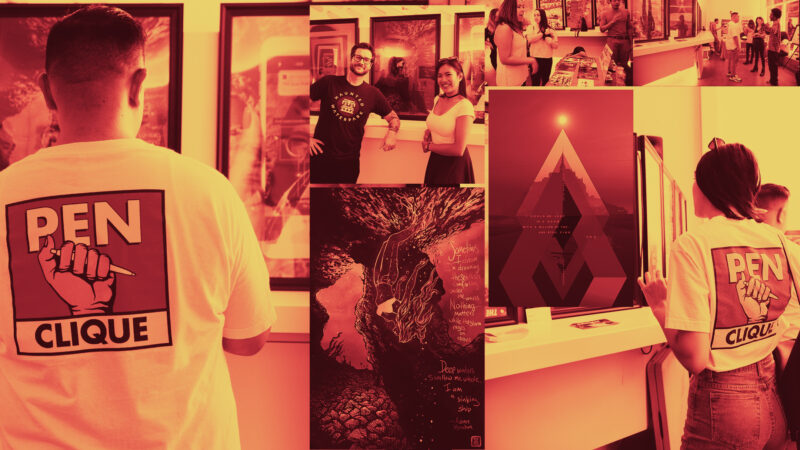Virtual open mics and slams via IG live: Not great.
The video quality, audio quality, lack of atmosphere, and most importantly the live aspect are all stripped away. But it’s a stop gap measure that most are able to participate in. My question is: suppose there were more production involved. Good cameras, editing, graphics even, and it was all done from the safety of everyone’s home. What would that look like? What would the ideal digital open mic and slam look like?
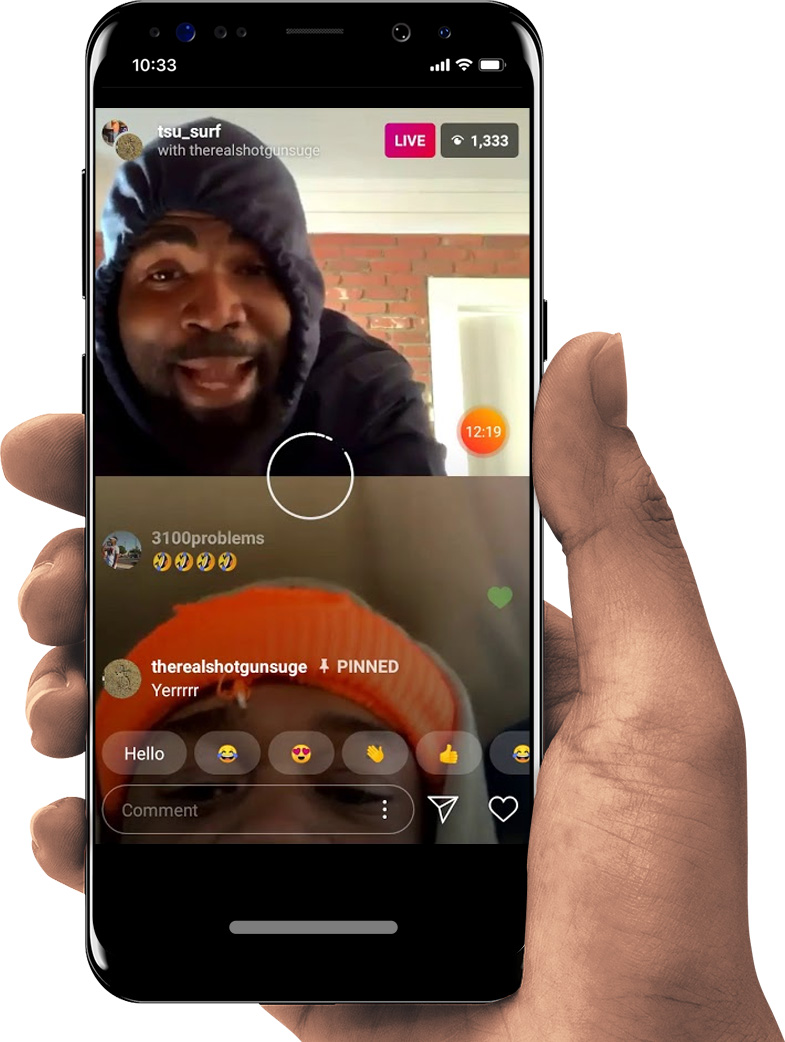
It’s an issue we’ve been thinking about for the past week now, and only recently started giving it more serious thought. Let’s address some of the issues:

Photo by Hayley Catherine on Unsplash
1. No Crowd Atmosphere.
Probably the biggest problem. While yes, you COULD do a slam on Zoom to hear everyone’s snaps and claps, at the same time, everyone can potentially drown out the performing poet. But how do other forms of broadcast media incorporate crowd atmosphere? What about a crowd track? Like in sitcoms that have pre-recorded audience reactions such as cheering, laughter, boos, etc? Matter of fact, have you ever watched a YouTube clip of an old sitcom with the laugh track removed? It’s a night-and-day difference:
Yes, added pre-recorded claps, cheers, and snaps might feel a bit disingenuous at first, but once an audience gets used to it, it will become just another accepted part of the format. It’s clean, familiar, and the assets are already available. Of course, the issue is who determines what gets the faux reactions?
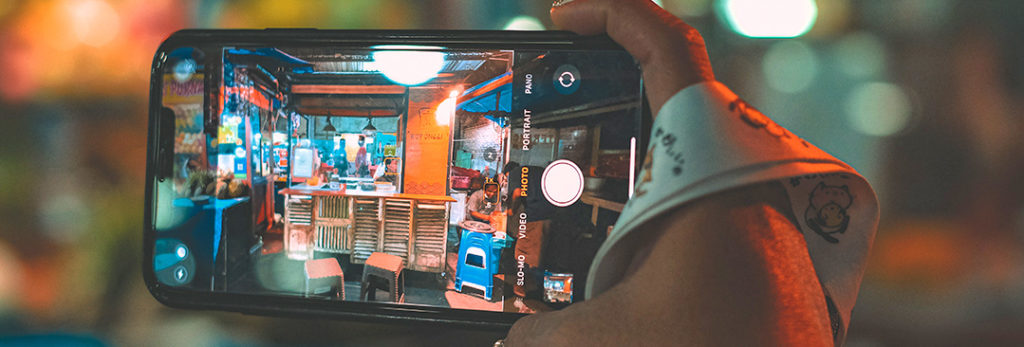
Photo by Nguyễn Lê Hoài Châu on Unsplash
2. Better Video/Audio Quality.
A simple fix. Your smart phone’s back-facing camera is actually pretty decent, but it’s the live stream encoding that makes it all frosty and a deep fried pixelated mess. However, if folks simply recorded their performance with their back-facing camera, and someone were to edit together the performances, we could get much much better quality. So much so, that there have been entire movies shot completely on smart phones that blur line between cinema-grade cameras. For a poetry event? More than enough.
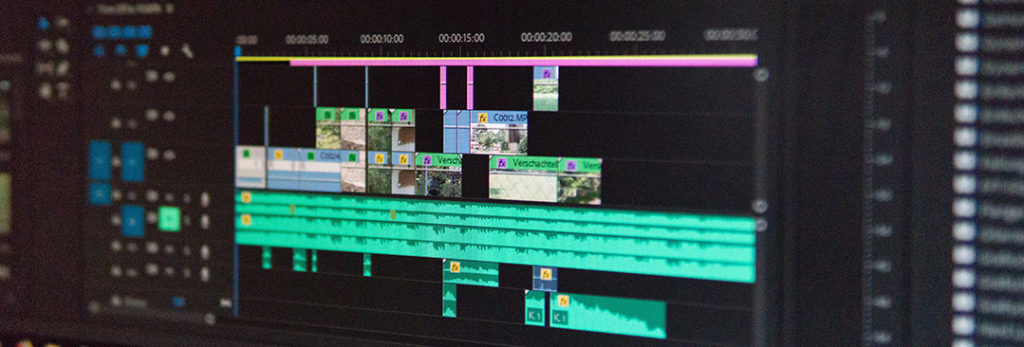
Photo by Wahid Khene on Unsplash
3. Acknowledging & Embracing The Format.
Ok, so the fact is that everybody’s trying to replicate a live event via social media but we all know this totally is not what a real open mic and slam feel/looks like. We need to acknowledge this and rethink what we’re presenting.
Let’s take slam for instance; a poetry performance competition. And much like how an Instagram Live conversation shows two people in little squares, let’s also make this a head to head slam with two people in-frame. So we got two people, each in different rooms, competing in a literary art challenge. Sound familiar?
Epic Rap Battles of History: We got two historic figures in different rooms (timelines) battling back and forth, with graphics and caption text flying everywhere, making for a fun spectacle. Why not for a poetry slam? Granted, for accessibility and streamline production sake, we won’t be keying out the poets onto wild backgrounds. BUT, overlay graphics, captions, branding and poet info are all fair game.
It could all be so sensational.
Add everything up, and suddenly we have a very unique, new style of presenting a poetry competition, all of which can be done from a quarantine state so long as everyone has the right equipment. As with all facets of arts, business and society, it’s “adapt or die.” We need to be innovating at this time to allow online poetry content to flourish in the future. First impressions last, and if all that’s being presented are pixelated streaming videos, we’re gonna be left with only the most die hard audiences trying to keep the dream alive instead of attracting new audiences that have all the time in the world to consume content from their quarantine cave. Let’s learn from the frustration of “this ain’t no real slam/open mic” and make something completely new.
Article by Kuya David
You Might also like
-
How (and Why) We Built a Podcast Studio
WE’RE BACK! During our hiatus, we’ve been building a whole podcast studio to record audio, AND shoot both video & photos, as well as upgrading our podcast gear, all in prep for the relaunch on July 10th, of the most poppin poetry podcast in the GALAXY! (Purchase links included to all gear)
-
Tutorial: Photo Editing & Typography Basics + Adding Handwritten Text In Canva
In this poetry poster tutorial, we’ll cover some Canva basics such as editing a photo, selecting a proper font, and adding text. To take it up a notch, we’ll also add REAL handwritten text!
-
The Poetry Art Gallery: A Look-Back One Year Later
It’s been a year since producing Los Angeles’ very first poetry art gallery. It seems that even till today I’m still marinating on the event, but here’s what I can admit and reveal about our (overly?) ambitious project, The Poetry Art Gallery.
